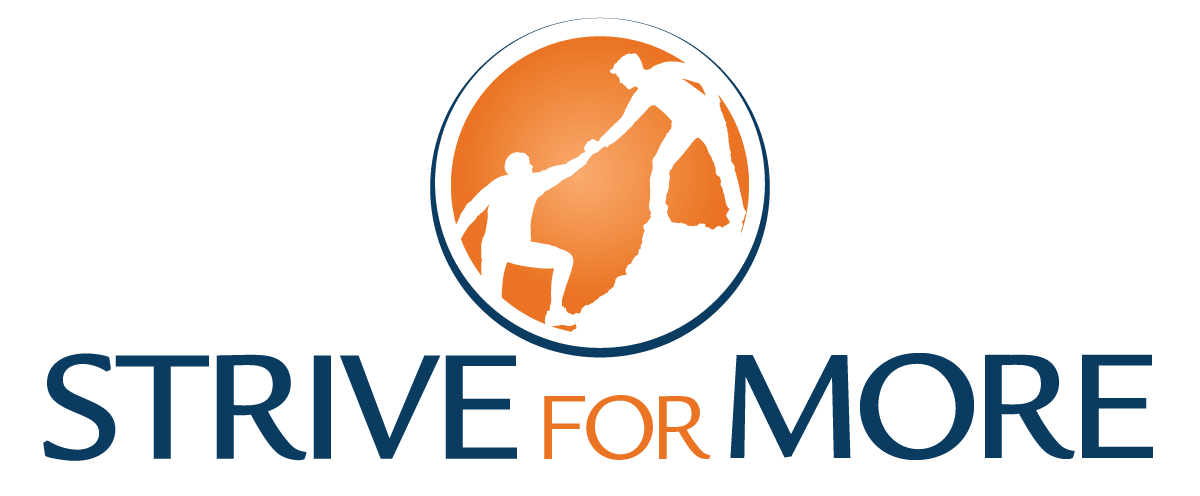Why Coaching? And...what is it anyways?

What is Coaching?
Coaching, as defined by the International Coaching Federation, is:
“Partnering with clients in a thought-provoking and creative process that inspires them to maximize their personal and professional potential.”
Simply put, it is a guided partnership between us to help you clearly define your goals, the right way to reach them, and to reach them. But what does that truly mean? What does coaching really entail?
For context purposes, the field of coaching is similar to the fields of counseling and therapy in that it is firmly rooted in evidence-based practices, tools, and techniques which can be used to help clients address the hurdles, obstacles, and struggles they face.
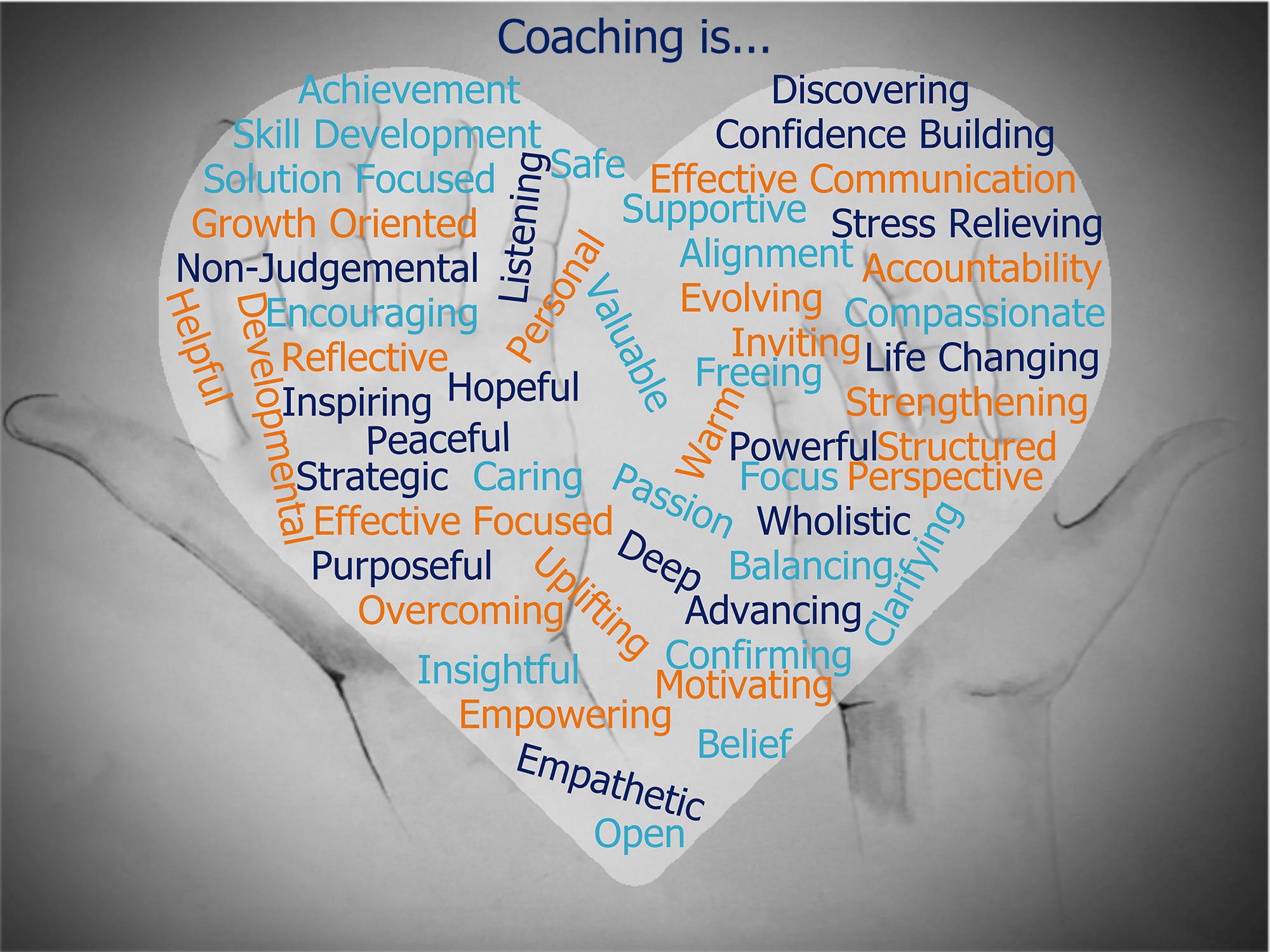
Notably, coaching differs from these fields as it focuses on empowering clients to achieve their goals, and the impact achieving them will have on them, by concentrating on the present, future, and embodying a positive physio-psychological state.
Coaching also honors the client as the expert in his or her life and work, and believes that every client is inherently strong, capable, and wise. In addition, coaching creates a warm, safe, and non-judgmental environment which fosters growth and connection amongst individuals.
The Benefits & Use of Coaching
Coaching, simply put, improves personal, athletic, and business characteristics which result in achieving our own goals, and those of the organization/team. In addition to clarity around our goals, some of the top personal, athletic, and organizational benefits of coaching are:
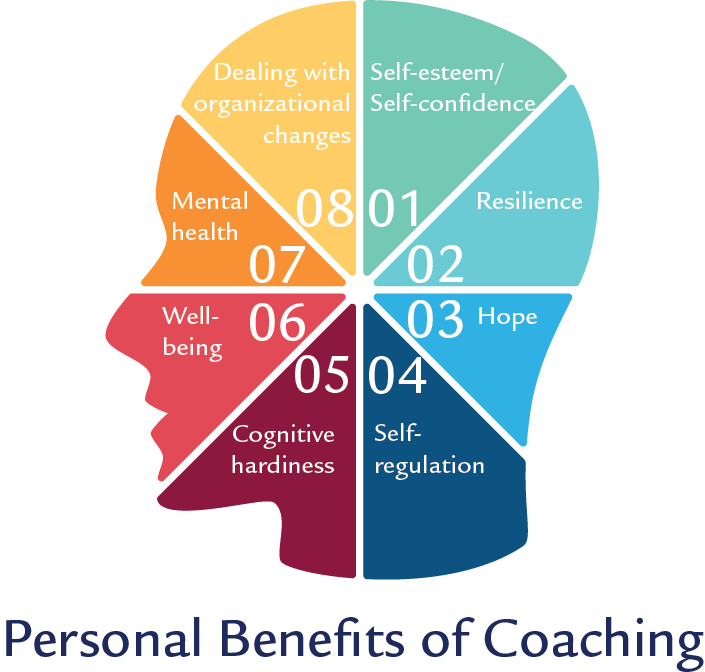
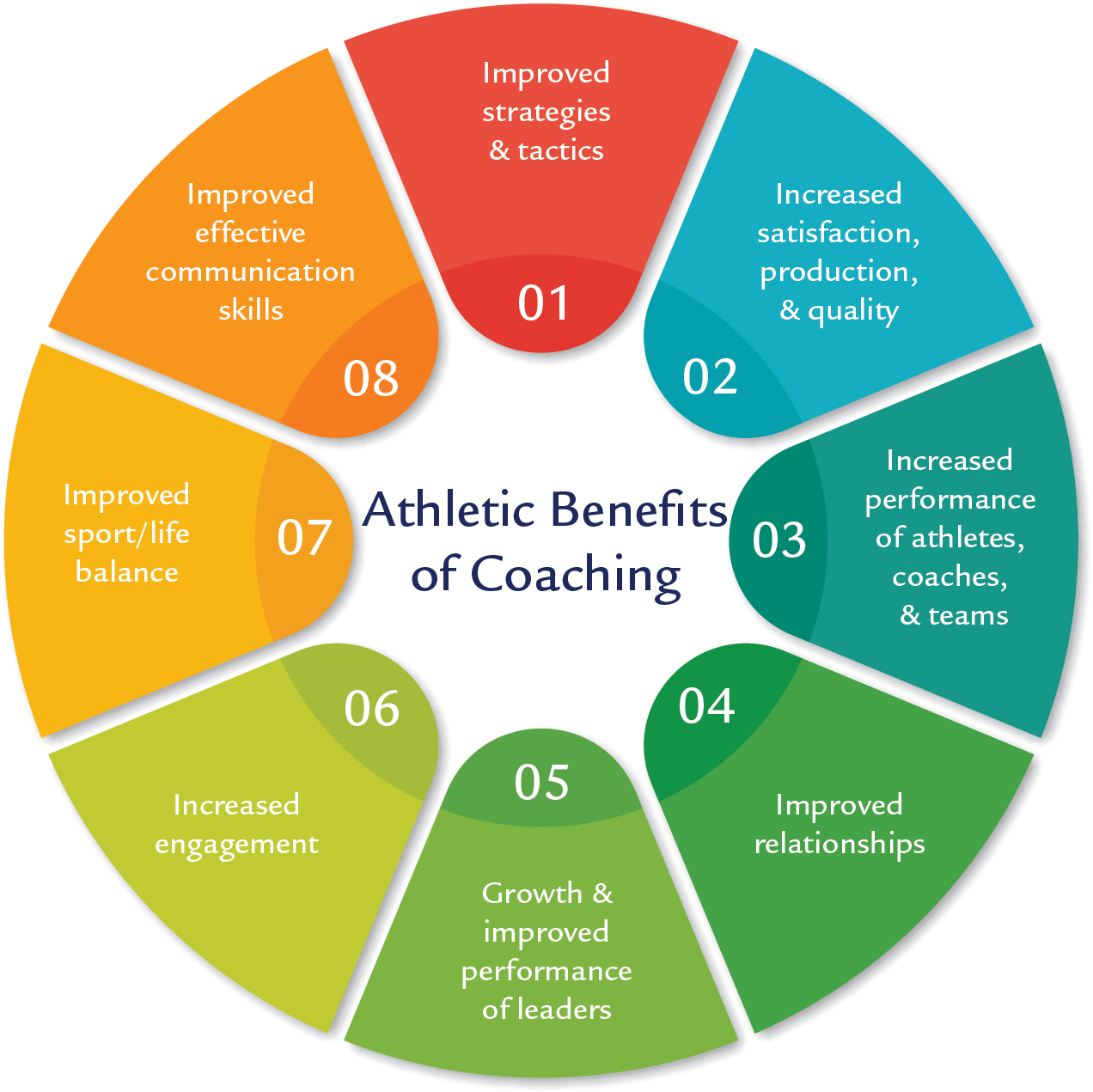
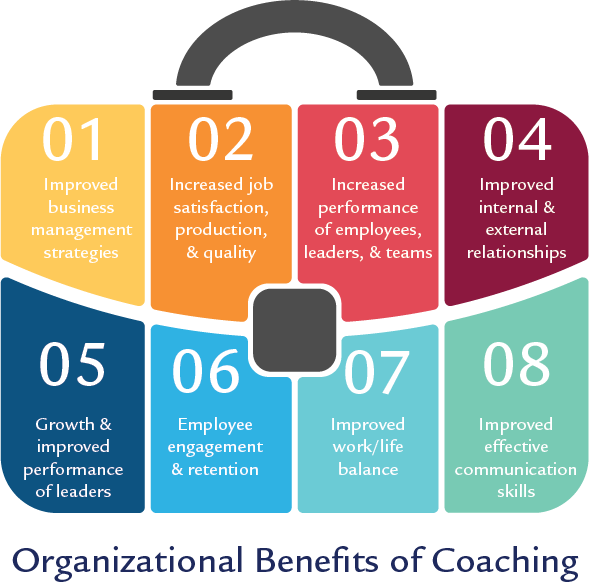
Coaching is typically used by individuals to create work/life balance, get to the next level/phase of their career, develop leadership skills, reduce stress, and manage an overwhelming work load.
&
Coaching is typically used by organizations to develop high performers, high performing teams, leaders, executives, and organizational/team strategy.
Click here for a list of the specific goals/needs it is used to address.
At the very heart of achieving each of these benefits is G.R.I.T. – Give, Recognize, Implement, Time, or, as we like to say, “flipping your G.R.I.T. switch.”
G.R.I.T. - Give, Recognize, Implement, Time & Flipping Your G.R.I.T. Switch
G.R.I.T. – Give, Recognize, Implement, Time is our signature evidence-based cognitive behavioral approach which gets to the very heart of what helps people be successful. Successful in empowering themselves through building confidence. Successful in overcoming negativity from within themselves and others, which serve as roadblocks to achieving what they want. And, successful in creating the clarity around what they truly want and the right path for them to achieve it. In short, it helps people stay focused, overcome, and achieve!
G.R.I.T. – Give, Recognize, Implement, Time means:
- Give yourself permission to be human. We all have our ups and downs and are not alone in our struggles. There is hope; there is a way forward!
- Recognize we always have a choice and it is ours to make. We can either let our non-serving thoughts, feelings, and behaviors keep us down and negative, or, we can embrace their opposites which serves us and carve our own way forward, lifting us up and keeping us positive.
- Implement small steps to create small wins which lay a foundation and build the momentum upon which our success is built.
- Time is needed to literally rewire our brains to lessen the neural pathways which don’t serve us and create the ones which do, helping us embody our new way of being.
G.R.I.T. – Give, Recognize, Implement, Time isn’t a one and done step-wise process; it’s a journey!
A journey which gets to the heart of what empowers us and helps us overcome the negativity which stands in our way of achieving what we want. This journey is what we like to call “flipping your G.R.I.T. switch” because it helps people realize they HAVE what they need within them to reach their goals, and they ARE capable of using it, just like flipping on a switch.
Why is “Flipping Your G.R.I.T. Switch” Important?
Today, we are very action focused. We want to see results immediately and are driven to take action right now, even if it is not the right action for us, we are not ready to take action, or it’s too much action at once.
As the image to the right shows, our actions – our behaviors – don’t live in isolation; they are tied to a number of other characteristics of who we are. When we have thoughts, beliefs, emotions, and/or feelings which are tied to our behavior, solely focusing on what action to take does not get to the heart of what will make that action successful and help us reach our goals. We must address the underlying thoughts, beliefs, emotions, and feelings that go along with it. Furthermore, we need to address the support we give ourselves and what we tell ourselves, our self-talk (e.g., our communication).

Moreover, we aren’t the only ones who come into play. The other people in our lives, as well as the environments we surround ourselves in, can affect the way we feel, think, and behave.
Flipping our G.R.I.T. switch, e.g., going through G.R.I.T. – Give, Recognize, Implement Time, is important because it helps us address ALL of the underlying characteristics of us, and the way others and our environments influence them, in order to achieve our goals and create the long lasting success we seek.
Plain and simple, flipping your G.R.I.T. switch works! But don’t just take our word for it. Read what our clients have to say here.
Whether you are an individual, team, or organization, flipping your G.R.I.T. switch is the answer to all of your needs and achieving your goals, including:
Personal Needs & Goals
- Building confidence;
- Building relationships;
- Clarifying goals;
- Communicating with others;
- Design and/or execution of personal, team, or organizational strategy;
- Efficiency and productivity;
- Engaging/motivating others;
- Getting to the next level/stage of your career;
- Leadership development;
- Overcoming negativity;
- Planning and strategizing;
- Reduction of stress and burnout; and
- Work/life Balance.
Team Needs & Goals
- Building relationships;
- Clarifying goals;
- Collaboration and productivity;
- Defining roles, responsibilities, and expectations;
- Design and/or execution of team strategy;
- Increased/more effective communication;
- Increased/more efficient performance of the team;
- Increased engagement of employees within the team;
- Leadership development;
- Personal development of team members; and
- Reduction of stress and burnout of the team.
Organizational Needs & Goals
- Career growth of employees;
- Collaboration and productivity of teams within your organization;
- Design and/or execution of organizational strategy;
- Increased/more effective communication within your organization;
- Increased/more efficient performance and productivity of your employees;
- Increased engagement of employees within your organization;
- Leadership development of your employees;
- Personal development of your employees; and
- Reduction of stress and burnout of your employees.
Our Coaching Process - The Difference You're Looking For
Our coaching process is firmly rooted in evidence-based and real-world practices, including our signature approach of G.R.I.T. – Give, Recognize, Implement Time, to actually DELIVER and MAXIMIZE the fulfillment of your goals and needs! We don’t rely on theory alone, we rely on what DOES get you the results you seek!
Everything we do is meticulously designed to maximize the effectiveness of coaching, including the length of our coaching sessions, the length of our coaching engagements, and the education and tools we complement our coaching with.
Coaching is most effective when it occurs on a bi-weekly or weekly basis.
&
Coaching is more effective when it is combined with education.
– Susing, I. (2016). Coaching at the Top: Optimizing the Impact of Senior Leaders. OD Practitioner, 13-19.
We also make several promises to you, which DO help you achieve your goals:
- You will NEVER be judged by us, and we will ALWAYS create a safe space for you to work on and achieve your goals.
- Our background, education, and experiences provides a wealth of information we can share with you to answer the burning question of “How am going to do this?” We will ALWAYS ask if we can share information with you, rather than giving you unsolicited advice.
- When we share information with you, we will ALWAYS ask what the right way is for you to use it, if at all.
The Engagement Process
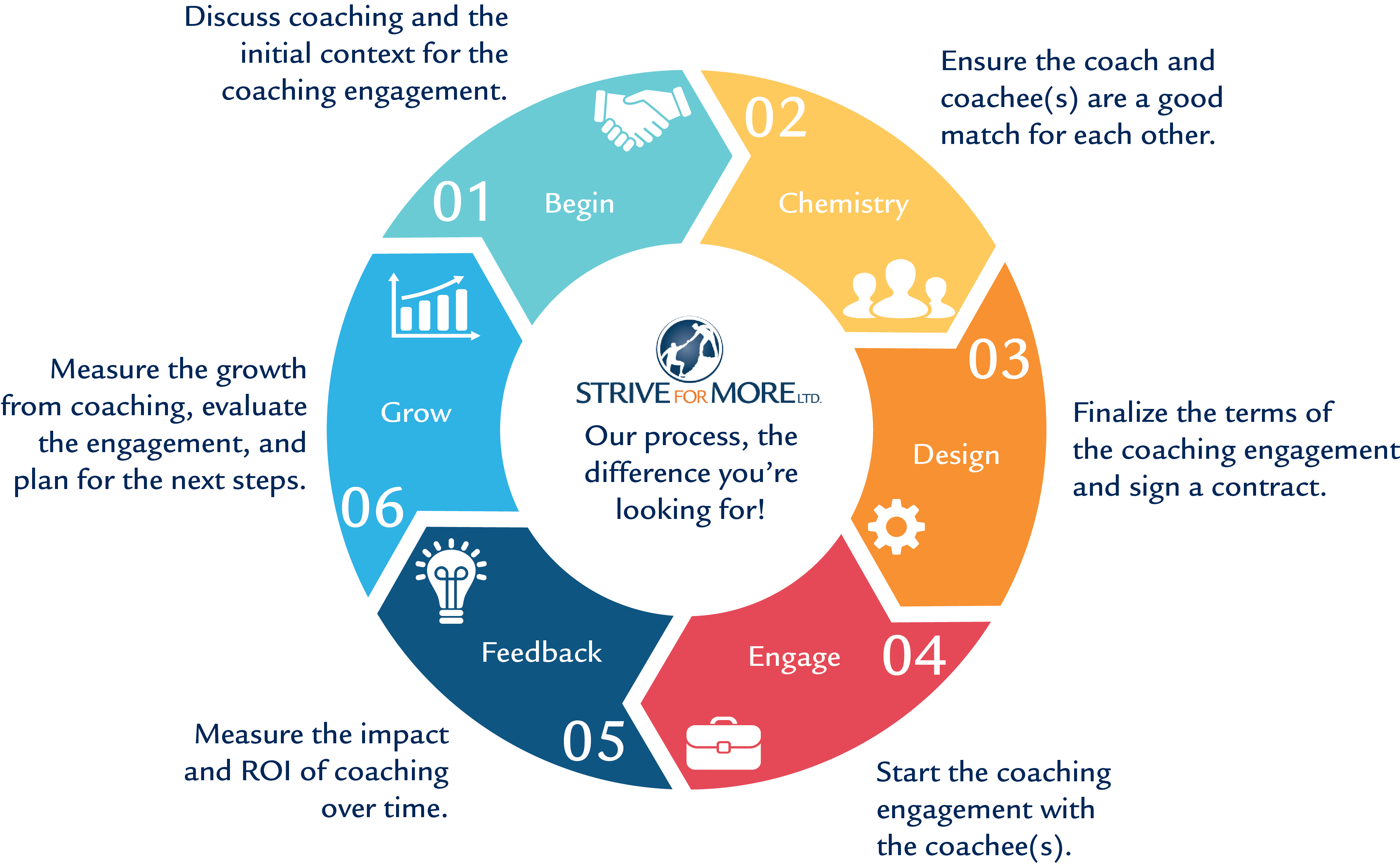
Our coaching engagement process is here to answer the question of “How does coaching work,” as well as, let you know what you can expect from a coaching engagement with us.
Here at Strive For More, we know answering “How does coaching work,” “What coaching is,” and “Why should I use coaching” is very important for you. This is why each coaching engagement starts with Begin, a conversation to answer these questions for you, as well as, allow us to learn about you so we can serve your specific needs.
After we talk, we will send you a link to our Coaching Engagement Intake form to ensure we capture all of the pertinent details you are looking for from the engagement, which become the basis for measuring the success and ROI of the engagement.
It is also very important for us, at Strive Fore More, that we ensure what coaching is, how it works, and the benefits of it are clear for the individuals who will receive coaching. This is where *Chemistry comes into play. In addition, we want to ensure that the coachees and their coach(es) are in fact a good fit for each other, i.e., have chemistry.
Once all parties are on board, we will finalize the details, the fine print, and sign a contract for our coaching engagement together. This is our *Design step that clearly outlines the metrics we will use to measure the impact and ROI of coaching. After all parties sign the contract, we will Engage with the coachees and start coaching.
We, as human beings, naturally need Feedback to know how we are doing towards our goals. Coaching is no different. Our process – the difference you are looking for – ensures we measure the impact and ROI of coaching during the engagement instead of just at the end of it using the metrics we agree upon during the Begin and Design steps.
We use evidence based real world metrics to accurately measure the impact and ROI of coaching.
Lastly, we take one final look at the impact and ROI of coaching for the engagement as a whole to measure the Growth which has occurred. We also ask for your evaluation of us using our Coaching Engagement Evaluation form and discuss the next steps for continuing the growth you’ve experienced.
*Chemistry and Design look slightly different for large scale or on-going contracts, such as, coaching being offered to 10s or 100s of employees or students. For these engagements, Strive For More and the sponsoring organization will enter into an overall agreement designing the engagement as a whole before coaching is offered to the coachees. Notably, each coachee will still go through the steps of Chemistry and Design for their specific engagements with us.
What the Research & Real World Practice of Coaching Says About Why to Use Coaching
Coaching Works!
Coaching increases effective communication, develops leadership, fosters cohesive relationships and teamwork, increases well-being, creates healthy organizational cultures, and much much more! But don’t just take our word for it!
1In 2001, MetrixGlobal, LLC studied the impact of coaching rendered to 43 leadership development participants at a Fortune 500 company. They found participants benefited from coaching regarding their:
- Personal and work group productivity;
- Satisfaction and the satisfaction of their employees and customers; and
- Work output and quality.
The study also found the return on investment (ROI) of coaching to be 5.29 times the cost of coaching, which increased to 7.88 times the cost of coaching when additional factors, such as, the savings from retaining employees, were included.
2In 2001, Joy McGovern, Ph.D., Michael Lindemann, Ph.D., Monica Vergara, M.A., Stacey Murphy, Linda Barker, M.A., and Rodney Warrenfeltz, Ph.D. studied the impact of coaching rendered to 100 executives across the northeast and mid-Atlantic. They found the executives and their organizations benefited from coaching through a reduction in conflict and an increase in:
- Customer service;
- Improved relationships with direct reports, peers, and stakeholders;
- Improved teamwork;
- Increased job satisfaction;
- Organizational strength;
- Productivity; and
- Quality.
The study also found the average ROI of coaching to be 5.7 times the cost of coaching.
3Between 2002 and 2009, *Anthony M. Grant conducted six randomized control studies assessing the effects of cognitive behavioral coaching (CBC), mindfulness training, and solution-focused cognitive behavioral coaching (SF-CBC). The participants of the studies and type of coaching rendered were: in 2002, 62 individuals training to be accountants and CBC in a group setting; in 2006, 56 adults and SF-CBC; in 2007, 56 female high school students and SF-CBC (hereon referred to as 2007-1); in 2007, 63 adults and SF-CBC (heron referred to 2007-2); in 2008, 45 adults and SF-CBC with mindfulness training; and in 2009, 41 executives and SF-CBC. Cumulatively, the studies found participants who received coaching showed an increase in the following attributes over participants who did not receive coaching:
- Cognitive hardiness (2007-1);
- Dealing with organizational changes (2009);
- Environmental mastery (2007-2);
- Goal attainment (2006, 2007-2, 2008, and 2009);
- Goal commitment (2007-2);
- Grade point average (2002);
- Hope (2006 and 2007-1);
- Mental health (2002, 2007-1, and **2009)
- Resilience (2009);
- Self-regulation (2002);
- Study skills (2002);
- Well-being (2006); and
- Workplace well-being (2009).
*The 2006 study was also conducted by L. Green and L. Oades. The 2007-1 study was also conducted by S. Green and J. Rynsaardt. The 2007-2 study was also conducted by G. B. Spence. The 2008 study was also conducted by G. B. Spence and M. J. Cavanagh. The 2009 study was also conducted by L. Curtayne and G. Burton.
**The 2009 study showed a reduction in depression and stress.
4In 2011, Matt Symonds cited the ROI of executive coaching to be 7 times the cost of coaching from a global survey conducted by PricewaterhouseCoopers and the Association Resource Center in an online article for Forbes Magazine. Symonds also quoted Inspiring Workplace CEO Marc Roudebush as saying, in regards to the reason for a high ROI for executive coaching:
“When they are able to walk their talk, people listen and are likely to follow suit, improving the levels of enthusiasm, trust, and team effectiveness throughout a team or organization.”
5In 2013, The International Coaching Federation (ICF) and PricewaterhouseCoopers LLP conducted interviews of 24 professionals from across the globe who primarily worked in human resources, learning and development, and organizational development. The professionals stated coaching positively impacted:
- Employee engagement;
- Leadership development;
- Leader performance;
- Retention of employees; and
- Team work.
6In 2017, the ICF and PricewaterhouseCoopers LLP surveyed over 7,000 coaching clients who assessed the benefits they received from coaching. The study found clients benefited from coaching regarding their, but not limited to:
- Business management strategies;
- Career opportunities;
- Communication skills;
- Individual performance;
- Productivity;
- Self-esteem/self-confidence;
- Team performance;
- Wellness; and
- Work/life balance.
The benefits of coaching have been well documented and consistent over time. Coaching will help you get to where you want to go and the benefits of coaching are measurable! The benefits you receive from coaching can be measured by, but not limited to: 360-degree assessments, performance reviews, well-being, engagement, impact on business, and ROI. Whatever your goal is, there is a way to get there, and there is a way to measure its worth and success!
References
1Anderson, M. C. Ph.D. (2001). Executive Briefing: Case Study on the Return on Investment of Executive Coaching.
2McGovern, J. Ph.D., Lindemann, M. Ph.D., Vergara, M. M.A., Murphy, S., Barker, L. M.A., and Warrenfeltz, R. Ph.D. (2001). Maximizing the Impact of Executive Coaching: Behavioral Change, Organizational Outcomes, and Return on Investment. The Manchester Review, 6(1), 3-11.
3Grant, A. M., and Cavanaugh, M. J. (2011). Coaching and Positive Psychology. Designing Positive Psychology: Taking Stock and Moving Forward. Oxford University Press: Oxford. 293-309.
4Symonds, M. (2011). Executive Coaching – another set of clothes for the Emperor? Forbes Magazine. https://www.forbes.com/sites/mattsymonds/2011/01/21/executive-coaching-another-set-of-clothes-for-the-emperor/#5f237941118b. April 16, 2019.
5The International Coaching Federation, and PricewaterhouseCoopers LLP (2013). Executive Summary: 2013 ICF Global Organizational Coaching Study.
6The International Coaching Federation, and PricewaterhouseCoopers LLP (2017). 2017 ICF Global Consumer Awareness Study Executive Summary.
